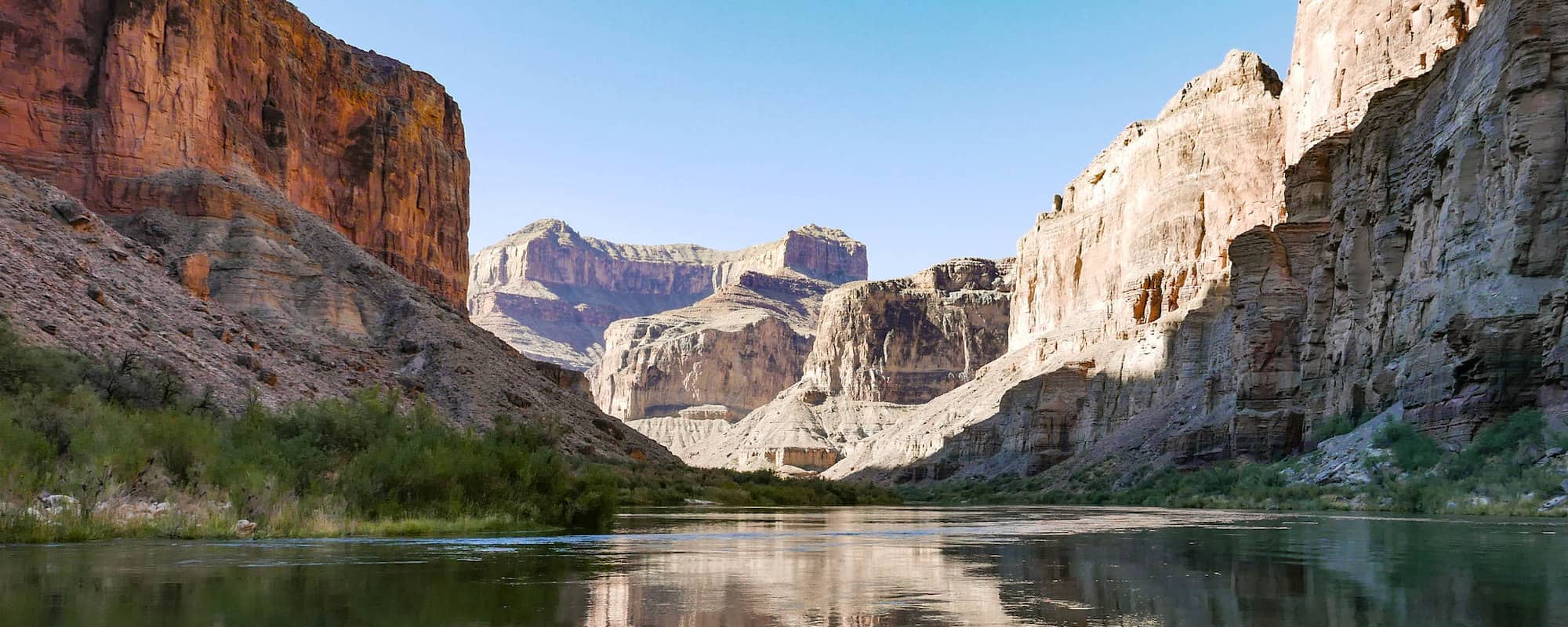By Bronwyn
After we left Patagonia, Arizona, we spent four nights camping at Organ Pipe Cactus National Monument, which, who would’ve guessed, was absolutely phenomenal. During our time at Organ Pipe, we explored invigorating work in all of our classes. In Global Studies one day, we looked out over the valley—which has been granted the name the Devil’s Highway by migrants—and opened our eyes to the absolute privilege we hold as U.S. citizens. As I peered over the cliffs, I identified the border wall from 10 miles away. This wall stretched across not only the entire width of the valley, but it extended over the top of the mountains which held in the eastern edge. Understanding that this wall is so much more convoluted than what it’s made out to be has been something that we’ve been exploring since our time working with Borderlands Restoration Network, and throughout our trip to Nogales, Arizona. Experiencing the complexity of the border, its wall, and the immigration system has not only impacted our studies while we looked directly at the border, but throughout our entire time in the desert. Being in the desert, even taking a four-hour day hike, we have been exposed to intense and relentless elements. These particular elements are exactly what we are learning about in science.
The people who dwell near and cross the border aren’t the only ones who require adaptations. The plants and animals of the Sonoran Desert are beautiful and unique, possessing qualities no other fauna or flora possess. We’ve discovered and learned about these plants and animals through TTS’s pride and joy: experiential learning. For example, approximately two seconds after straying off the trail one day, I felt a sudden stabbing pain in my leg and looked down to see a cactus had impaled me. I looked to my left to see Flora holding up one Croc with a cactus sticking out of it, and looked to my right to see Amelia’s hand fully pricked by another cactus. We soon learned that we had walked into a patch of Jumping Cholla, a cactus known for ‘jumping’ from its stem onto the skin. We’ve also visited museums, which are agreeably much safer, and peered in on desert critters through a safe sheen of glass. One way this has impacted me personally is how I’ve been hyper-aware of the feelings my mind and body are producing during my exposure to the desert, and recognizing that migrants are experiencing that on an extremely heightened scale everyday. In English class, we continue to explore the erroneous immigration system between Mexico and the US as we read Into the Beautiful North by Luis Alberto Urrea. This novel continues to delve into everything we’re studying in Global Studies, and then some. As the main character, Nayeli, attempts to migrate into the US seeking seven men to defend her hometown which has become overrun by banditos, she faces many of the issues that we are learning about in Global Studies. The novel also explores pillars of identity which we continue to discover in ourselves and in the world: gender roles and identity, heteronormativity, race, ethnicity, age, mental and physical ability, religious beliefs, socioeconomic status and class, and more. Whilst we are analyzing these rich topics in English, we are uncovering and learning about the same social constructs here in Cortez, Colorado, in history class. Discerning the past of the US and the Western US in particular has been a major part of interpreting everything we learn. Acknowledging the land we inhabit, and respecting and supporting the indigenous peoples of the areas we inhabit has become a huge part of our learning, and contributes immensely to the understandings we develop. Overall, this experience, and I truly believe I speak for all of us, continues to be eye-opening and mind-expansive, like no other.

